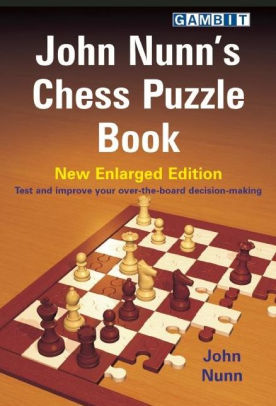I'll give you the books I used to go from unrated to 2150 (where I stabilized). I'll try to make clear if I think the book is worth it.
Beware, however, that:
- There may be better books out there.
- The title I give may not be the right one in English as I'm translating it from Spanish. I've searched in google to try and find the right title.
- When I say I've read a book, you must not understand that I have studied it. I just read it (quite literally). I've played the moves on the board but I may or may not have given it a second thought (usually I did not give any move a second thought).
Openings: I did not read any books on openings (those were other times at the end of the 90's). I just read the main line of the informator and constructed my repertoire based on the games I played.
Botvinnik - Selected games: Those are three books on Botvinnik's games. I liked it quite a lot and I think I read it twice or three times. Afterwards I've read about it that Botvinnik was quite complacent about his own play and did not study the games in depth. As I did not either there was no problem for me.
Euwe & Kramer - The middlegame in chess vol. i & II: A book on pawn structures. I did not like it much, it seemed to be quite shallow.
Petrosian - Chess at the summit: I'm reasonably sure I translated it wrongly. The book is Petrosian talking about a bit of everything. It is interesting but I was never too fond of it.
Dvoretsky & Yusupov - Opening Preparation: I have never liked Dvoretsky's books until the last ones with pure exercises came to the market. This may be the reason why. I doubt I finished this one.
O'Kelly - World Championship 1969: A book about the Petrosian - Spassky match that won Spassky. I never took it seriously and I doubt I finished it.
Levenfish & Smyslov - Rook endgames: I read this like three times and may be like the most boring book ever (I always had a thing for endgames). Of course I forgot everything rather soon.
Maizelis - Pawn endgames: I read this like three times too (curiously I've read the pawn endgame chapter from Dvoretsky's endgame manual three times too already). It is not as boring as the Levenfish and Smyslov book, but today the job is done better.
Nimzowitsch - My system: A book every youngster is really fond of. I read it several times and was shocked when I lost a game were I was occupying an open file as advised in the book. Admittedly the open file was the a-file and I was getting massacred on the centre. After that I took this book with a grain of salt. As an adult I read mixed opinions of this book. Some think it is one of the greatest books ever, others thing is just really outdated.
Nimzowitsch - The practice of my system: It should be similar to the previous book but I do not keep any memory of it, so it should not be great.
Alburt - Test and Improve Your Chess: I read this when I was starting to play more seriously and thanks to it I played the Alekhine defense and the Benko gambit. Other than that I do not remember this book as anything special.
Bronstein - Zurich Candidates 1953: The book I'm most fond of. I should have read it more than three times and was (and maybe still is) my all time favorite. I won't read it again as I may change my opinion of it because I'm sure the analysis does not hold up and is shallow.
Kotov - Think like a Grandmaster: This book is quite famous. I tried to read it but never quite like it (although I tried really hard). Every comment about it I've read as an adult points out that I was not alone.
Fischer - My 60 memorable games: I should have liked this book as it is about a collection of games (the books I liked the most), but I never quite liked it. Maybe it is because I never liked Fischer (not because he was mad but because everyone was always such a fanboy about him I could not stand it) but I do not think I have finished this book.
Timman - The art of the analysis: Another supposedly great book that I was not really fond of. I guess here it is because Timman really worked in his analysis and as I mainly read the text commentary it did not attract me.
Alekhine - My best games vol I & II: It was not a bad book but I had it photocopied (a club's mate got it photocopied and then bought the book so he gave me the pirated book) and I did not liked it as much because of it.
Reinfeld - 1001 Winning Chess Sacrifices & Combinations: Not a bad book. I should have read it two or three times when I was reaching my peak elo (I was never good at tactics and that may be the reason). Nowadays I'm sure there are tons of books better than this but in the 90's that is what we had. The book is really worn out because I inherited it from my parents.
And that's all the books I've got on my bookshelf from my childhood.






